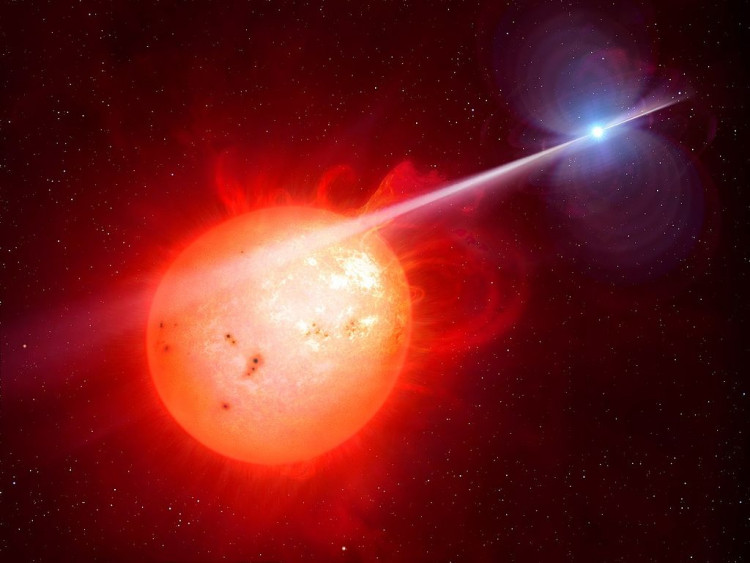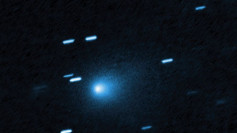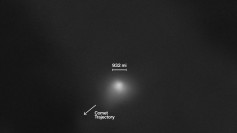The Universe is full of mysterious objects, and astronomers have just discovered another one: a bizarre, dusty object that may be dimming its host star by up to 75%.
An exoplanet or asteroid is frequently seen blocking out the light of its star. Although both options are possible in this scenario, the object's blockage of light from its star is both irregular and continuous.
While the object is most likely a binary star system, scientists are perplexed by the amount of dust it emits, according to a paper published in The Astronomical Journal.
The Transiting Exoplanet Survey Satellite (TESS), a NASA planet-hunting mission launched in 2018, obtained images of the object.
TESS has detected 172 planets outside our solar system and compiled a list of over 4,700 candidates.
It has also discovered over a billion objects that have been added to the TESS Input Catalogue (TIC), which have been identified as a variety of astronomical objects and events in subsequent research.
What scientists can say for certain about the object, designated as TIC 400799224, is that it appears to be emitting a large amount of dust.
Astronomers unexpectedly discovered TIC 400799224 after using AI to comb through TESS data because its dust cloud caused its star to have a sudden dip in brightness of over 25% over a period of hours, followed by many fluctuations in brightness that may be read as an eclipse.
This would normally indicate a dissolving planet or orbiting object that is breaking down and producing dust, which scientists are interested in learning more about in the near future. However, the researchers discovered something unexpected after reviewing six years of data on the mysterious object.
To begin with, TIC 400799224 does not orbit a single star system. Further investigation reveals that it is orbiting a double star system, one of which pulsates with a 19.77-day period.
While the periodicity appears to be fairly consistent, the object that dims the light is irregular in its form, depth, and duration - which leads astronomers to believe it is most likely created by an orbiting body that generates clouds of dust on a regular basis. However, it is unclear what that thing is.
The team intends to continue monitoring the object - and the good news is that it's bright enough that anyone with a decent telescope in their backyard should be able to add their own observations.
We'll hopefully learn more about what's going on with TIC 400799224 in the coming years.






